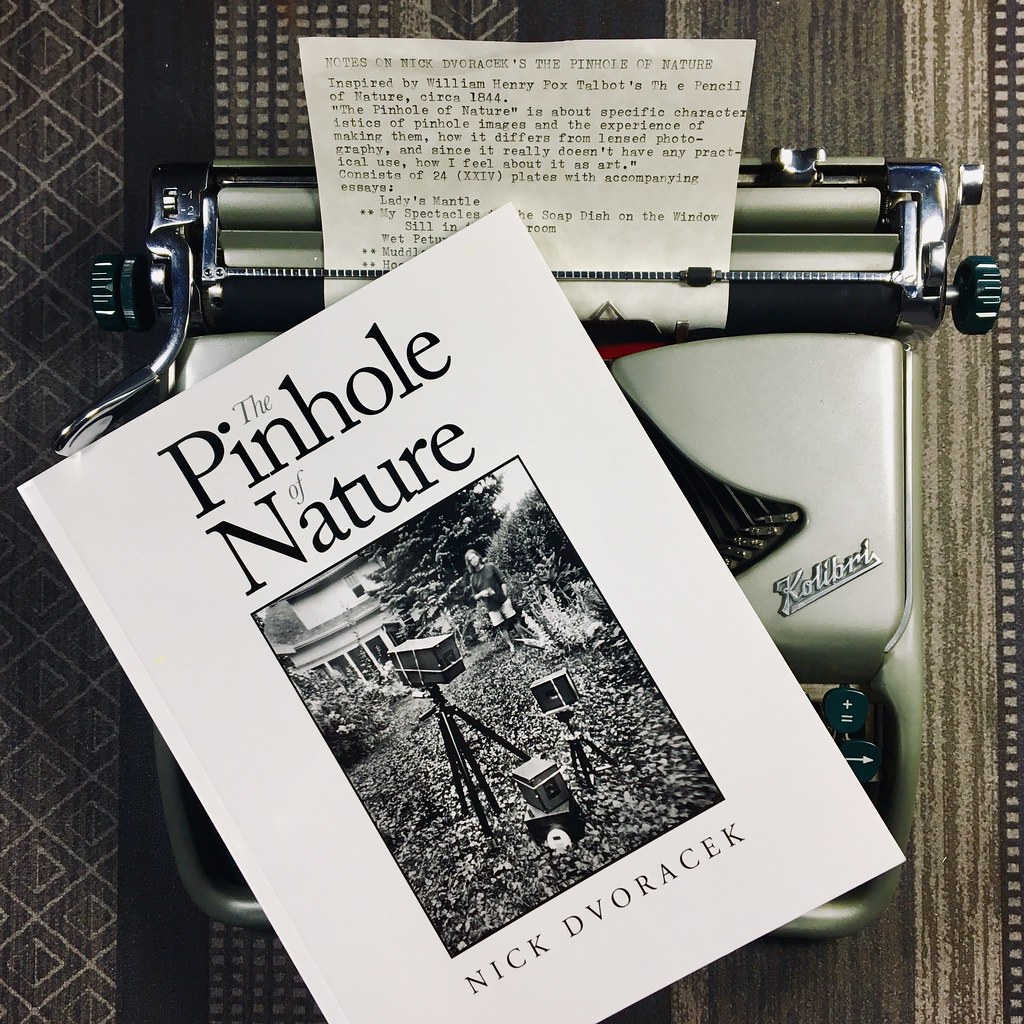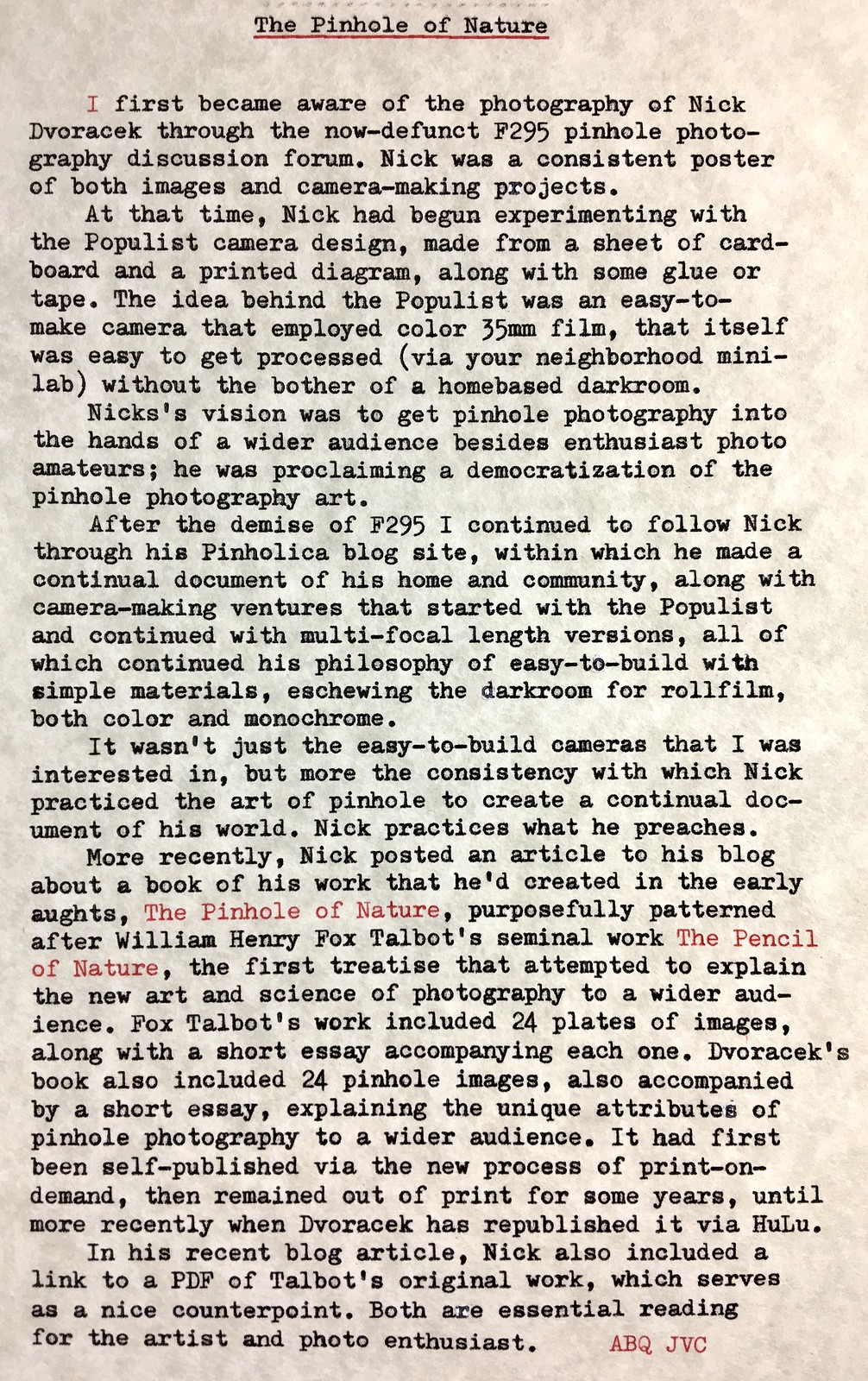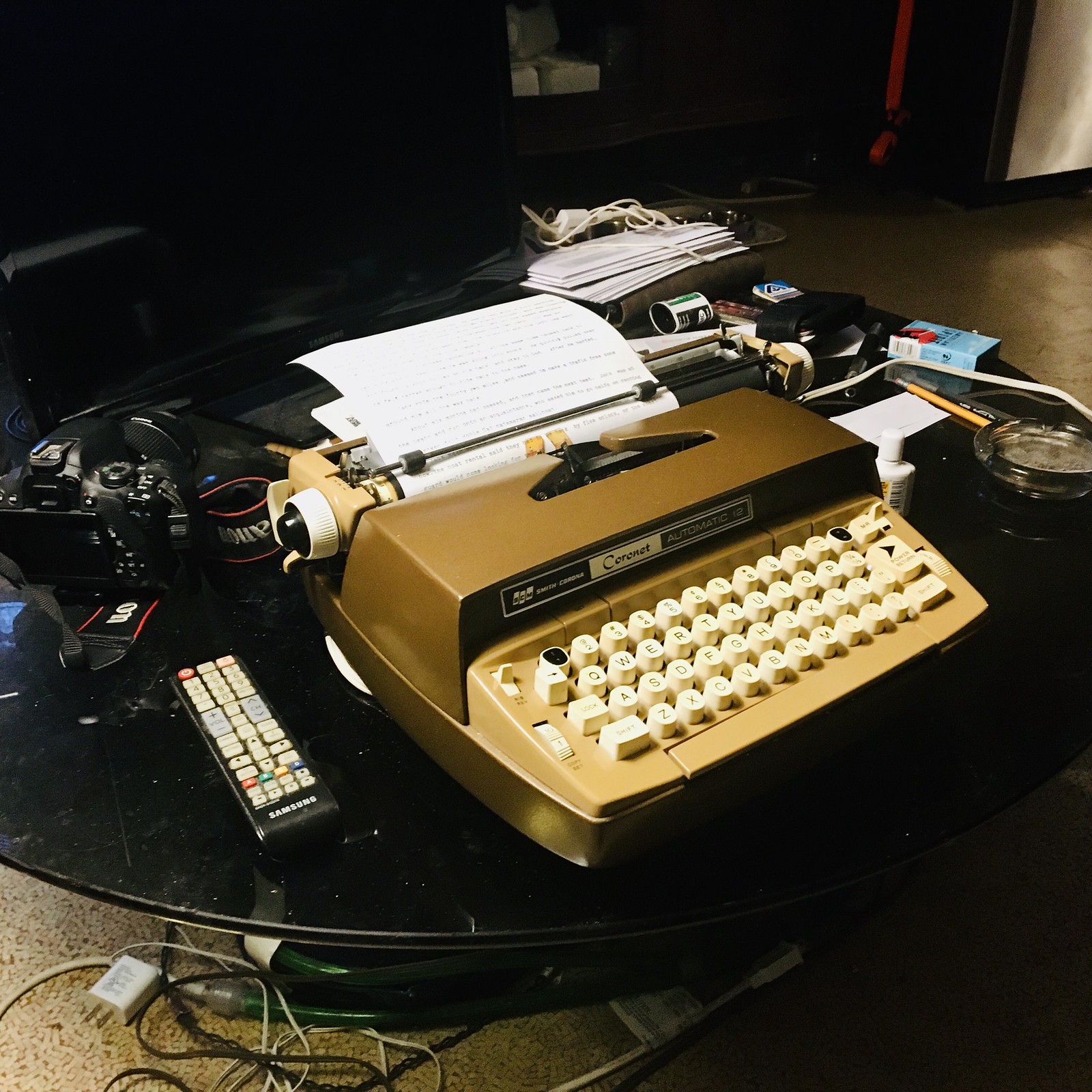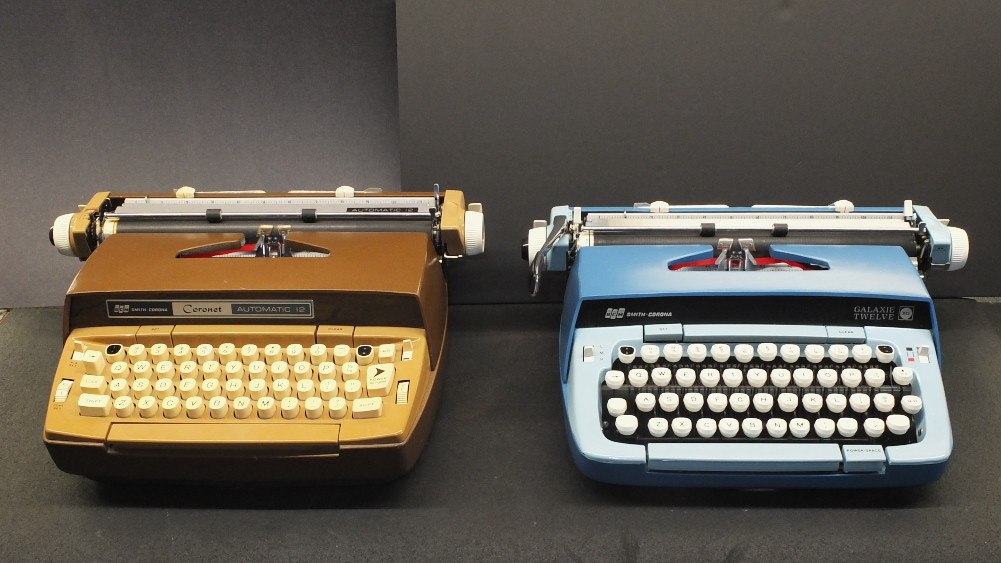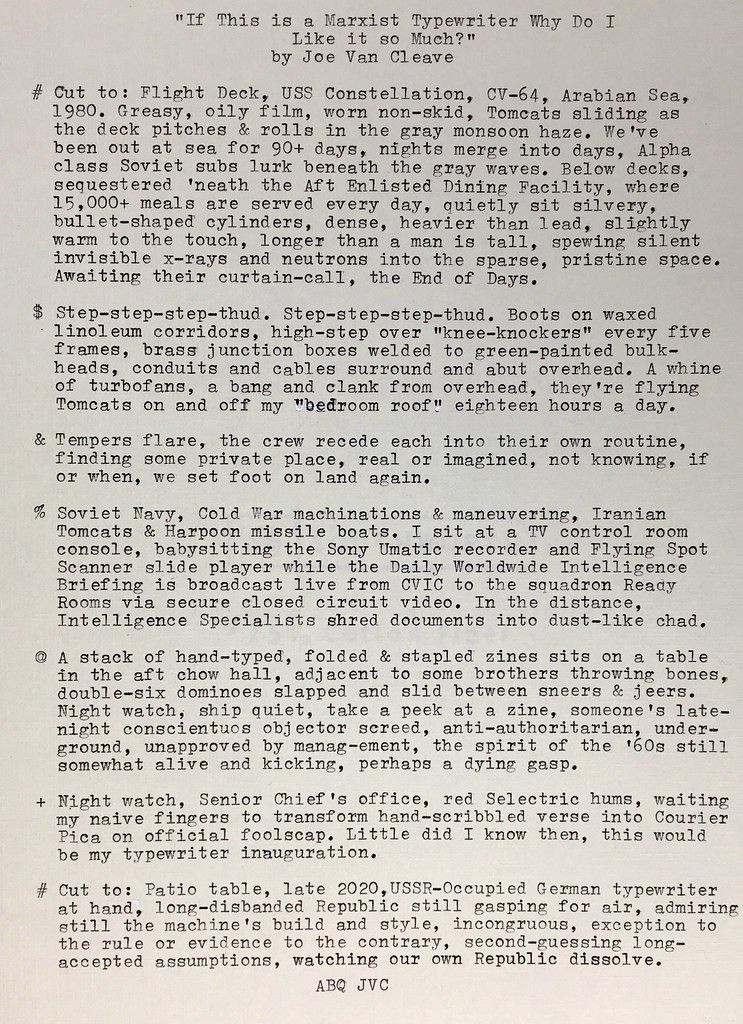
 R
Regarding the right-rear corner of the chassis being bent, I don't see a corresponding dent in the outer body shell itself. Which makes me wonder if perhaps it were dropped, or suffered a heavy blow, at sometime while being "serviced," while outside of the body shell. There were also several external screws that seemed to be in the wrong location, such as the two panhead screws that attach the rear panel to the carriage side panels, one screw was longer than the other. I've serviced consumer electronics long enough to take notice of these tell-tale signs of sloppy craftsmanship, suggesting that perhaps this machine had sat around as a broken, dropped typer, and someone finally decided to get it together in good enough shape to sell.
It's not really that important to me that I know its precise history, only that I was able to get it back into good runnning order -- minus the visible flying margin indicator ribbons, of course; I'm not going to attempt to piece those back together. But this machine does serve to remind me once again that each machine, like a person, has its own, unique history; which, in the case of inanimate objects, are unable to directly tell their tale. We can only deduce clues indirectly. This is one reason why I prefer, after having serviced a machine back to good working order, to leave it in as original condition as possible, so that whatever subtle reminders exist can serve as evidence of its history. I personally do not prefer the affectation of tarting up an old machine to look as if it were new, erasing all evidence of its history in the process.
I referred once again to the Cult of Hermes, a turn of phrase coined by my friend Kevin Kittle. Aside from the obvious humor of the phrase, there is some degree of truth in it. I've now owned four such machines. First up is our family electric typewriter, a Hermes 10, bought by my Dad in the early 1970s for us kids to use in school.
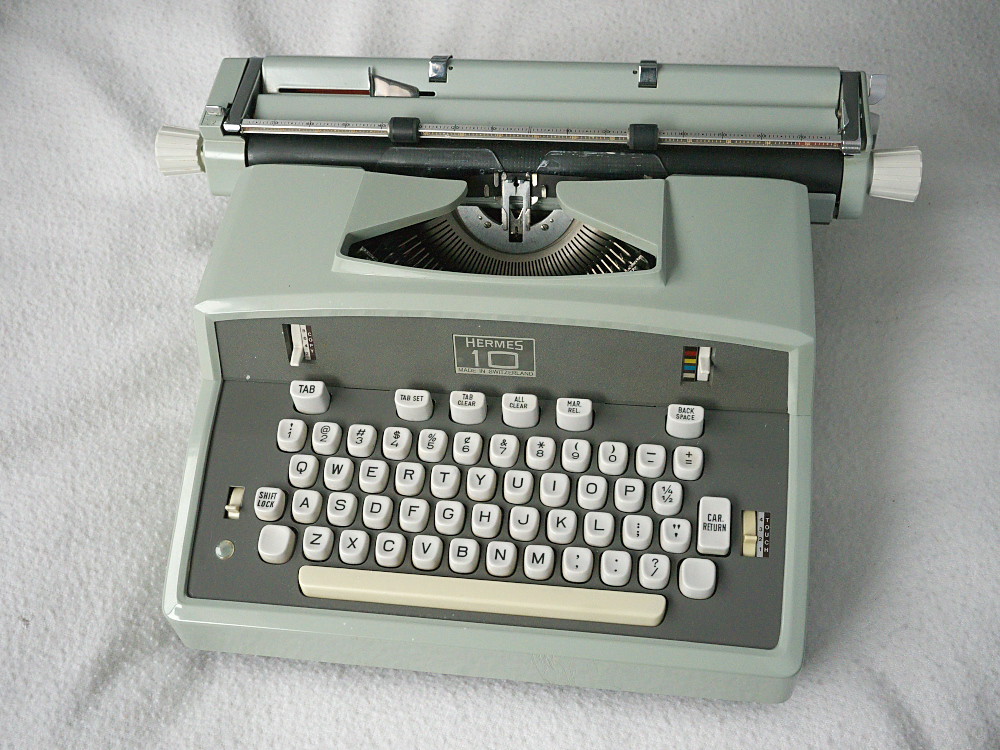
Then came the 1970s H3K that I purchased from Brown & Smith, that I still have.

Some years later I found a nearly identical machine, different color and typeface, from a local thrift store. Here's both machines side-by-side:
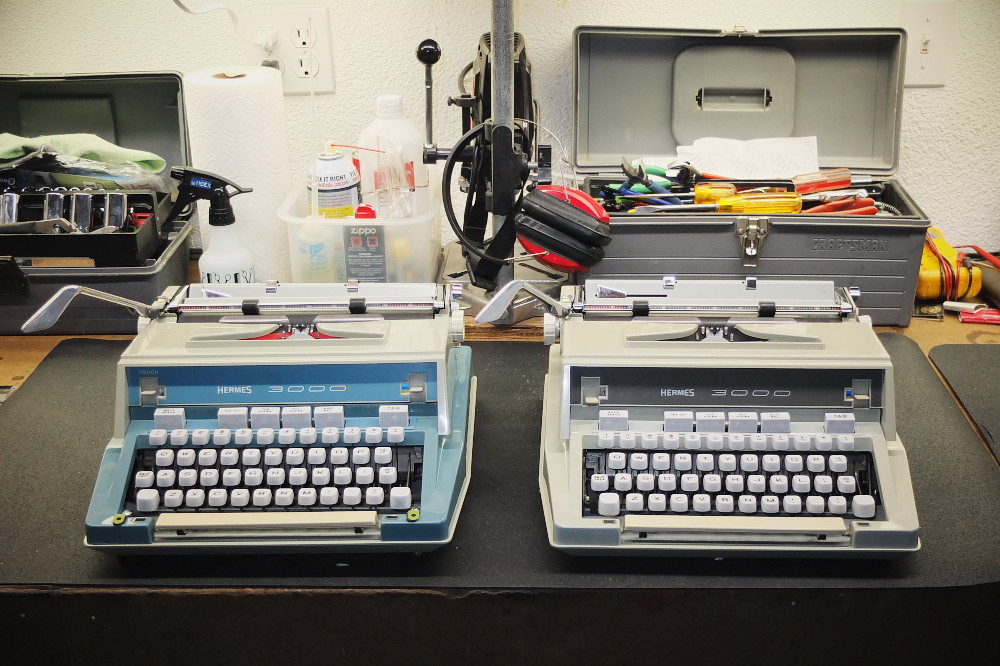
It was at the time when I was servicing this second Hermes 3000 that I noticed how much smaller in size the internal chassis was. This gave me immediate inspiration to turn it into the Nekkid-Riter ("nekkid" being the same as "naked," except you're up to no-good!)
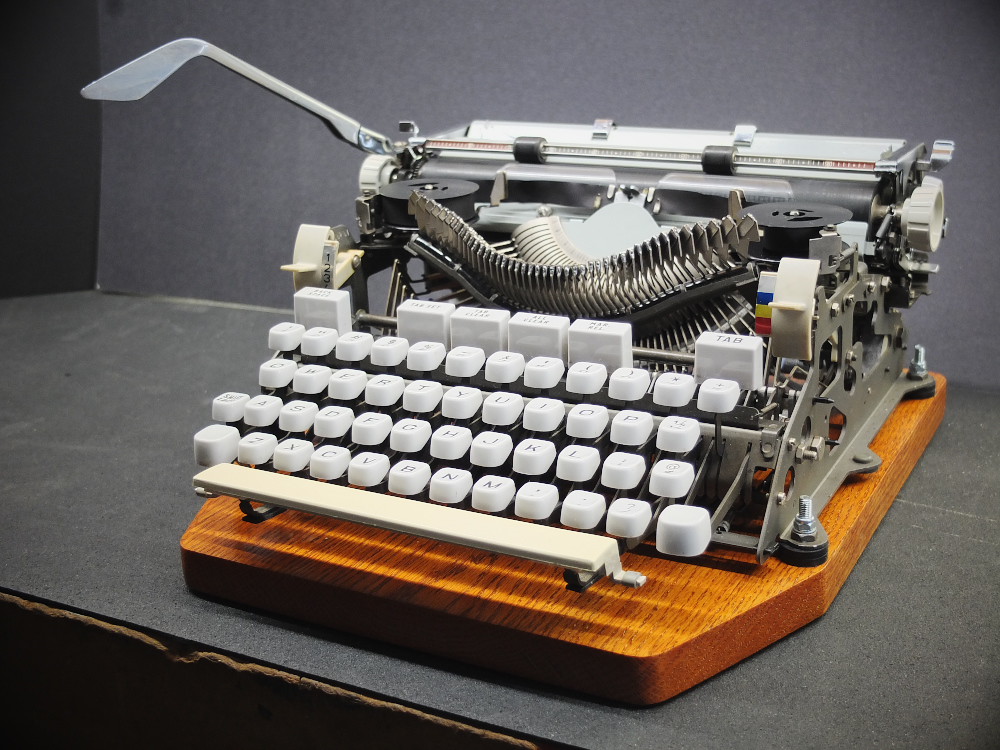
A discussion of Hermes wouldn't be complete without mentioning my Hermes Rocket, seen here at the cigar lounge at Stag Tobacconist:

This machine belonged to an Air Force officer who was involved in the development of the SR-71 reconnaissance plane, so it has a rather unique provenance. I had it serviced by Bill Wahl of Mesa Typewriter Exchange, and is perhaps my best ultra-portable machine.
Getting back to this newest-to-my-collection 1961 H3K, subsequent to typing this piece I added several plastic split-washers under the carriage return arm (from my assortment of legacy VCR parts), and this has made the carriage return arm more secure. There is evidence that the arm had been loose for a long time, as the ribbon cover is scratched from use. I suspect the machine was once improperly serviced and subsequently used extensively.
I never lusted after this era of Hermes 3000, yet here it is. It makes me wonder what else might drop into my lap from the Cult of Hermes. We shall see.
I owe my friend Bill Tefft a debt of gratitude for helping me acquire this machine.
Labels: typewriter collecting
Hermes
Hermes 3000
Cult of Hermes
